According to the CDC, “Heart disease remains the leading cause of death for both men and women which accounts for 1 out of 4 deaths in the US. Coronary artery disease costs the US $108.9 billion yearly, including health care services, medications and lost productivity.” February is American Heart Month, and a perfect time to understand the connection between heart disease and diabetes.
Myocardial infarctions (heart attacks and strokes) are the most common complications relating to diabetes. Heart disease is the leading cause of death in patients with diabetes. Genetics definitely plays a part, but there is strong evidence that lifestyle changes can have a huge impact on your risks. There are many things you can do to lower your heart complications relating to diabetes. Let’s explore and review them now.
Get control of your A’s, B’s and C’s.
This is the most important way you could reduce your risk of developing heart disease even with diabetes.
- A1C Control (3 month blood average). The ADA guidelines recommend an A1C between 6.5-7.0%, unless indicated differently by your physician. If you are not on diabetes medications, you may be able to get your A1C to a lower number – ranging from 5-6% – with lifestyle changes. When heart disease is present, your physician may want to keep your A1C blood test a bit higher at 7.5%. Since an A1C is a 3 month average (including highs and lows), having hypoglycemia (low blood sugar) may have a negative effect on your heart health and rhythm. Low blood sugars in a cardiac patient may be dangerous, so discuss those levels with your health care professional. Losing 5-10% of your body weight, counting carbohydrates, eating high quality carbohydrates like bulgur, barley, oatmeal, beans, green bananas, brown rice, rye, sour dough, and 100% whole grains, watching portion sizes and exercising daily can help reduce your A1C along with diabetes medications (as needed).
- Blood pressure control. With diabetes, the recommended guideline remains 140/80, or less. Getting your blood pressure controlled can be accomplished by many lifestyle changes, starting with weight loss and aerobic exercise. Using stress management techniques including deep breathing, Tai chi, yoga, talk therapy and support groups can aid in blood pressure control. Reducing sodium is another method to help lower blood pressure. The guidelines call for no more than 2300mg per day if you have diabetes. Having existing heart disease or hypertension with diabetes, your intake should be limited to 1500mg per day. Ways to reduce sodium are to eat little to no processed foods, lunch meats, pickled foods, condiments like soy sauce, canned soups, beans or vegetables. Limit store bought tomato sauce, BBQ sauce and salad dressings which are high in sodium. If you choose canned foods, remember to rinse them with water prior to eating. Be careful when eating out and ask questions about how things are prepared. Look for foods that are sodium-free (or at least low sodium).
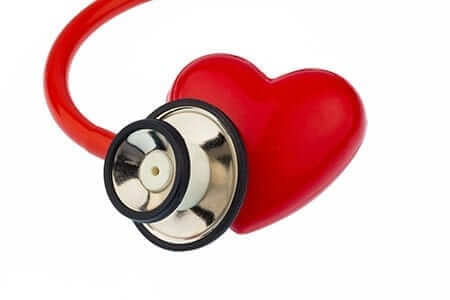 Do not add salt to foods after cooking. Some restaurant meals have up to 2000mg of sodium – this can be more than your daily allowance. You can talk to a dietitian about the “DASH Diet” (Dietary Approaches to Stop Hypertension), which helps reduce blood pressure. The diet concentrates on fresh fruits, vegetables, small amounts of lean proteins (such as poultry and fish), with little red meat, minimum sweets, healthy oils, and low fat dairy and whole grains. The Dash diet also decreases sodium, increases magnesium, calcium, potassium and monitors portion sizes and nutrients. Use spices, herbs, sun-dried tomatoes, olives, fresh peppers and tube pastes to add flavor without much sodium. Use Mrs. Dash (a combination of dried spices without any sodium). Quitting smoking will surely reduce blood pressure and heart disease risk. Watch out for caffeine in foods and drinks like coffee, tea, diet energy drinks, diet cola, and sugar free chocolate. These can raise blood pressure in some patients.
Do not add salt to foods after cooking. Some restaurant meals have up to 2000mg of sodium – this can be more than your daily allowance. You can talk to a dietitian about the “DASH Diet” (Dietary Approaches to Stop Hypertension), which helps reduce blood pressure. The diet concentrates on fresh fruits, vegetables, small amounts of lean proteins (such as poultry and fish), with little red meat, minimum sweets, healthy oils, and low fat dairy and whole grains. The Dash diet also decreases sodium, increases magnesium, calcium, potassium and monitors portion sizes and nutrients. Use spices, herbs, sun-dried tomatoes, olives, fresh peppers and tube pastes to add flavor without much sodium. Use Mrs. Dash (a combination of dried spices without any sodium). Quitting smoking will surely reduce blood pressure and heart disease risk. Watch out for caffeine in foods and drinks like coffee, tea, diet energy drinks, diet cola, and sugar free chocolate. These can raise blood pressure in some patients. - Cholesterol: You should monitor your LDL (bad cholesterol) levels, as these increase plaque formation and your risk of heart disease. Using a dietary approach to lower cholesterol may work for many patients. There is evidence that diet alone can lower cholesterol anywhere from 5-20%. It is also stated that “20% of heart disease could be linked to not eating enough fruits and vegetables.” Add cut-up vegetables to stews, soups, crock pots, casseroles, and salads. Use fruit as a dessert treat in small portions. Steps to help you reduce your LDL levels include avoiding saturated fats and trans-fats. Reduce the total amount of red meat, cream, cream sauces, butter, whole cheese, sour cream, whole milk, cocoa butter, lard and cream cheese. Reduce or eliminate tropical oils, including coconut oil and palm oil. Trans-fats are often added to processed foods or fast foods by turning liquid oil into a solid product. Trans-fats raise LDL as much as saturated fats. They can also reduce the good HDLs and raise your risk of blood clots. Instead, use unsaturated fats (especially mono-unsaturated fats) – they are considered heart healthy. As always, they need to be used in moderation since fat is still fattening. Eat oily fish (high in Omega 3s), this may lower triglycerides and plaque in the arteries. Choices include mackerel, salmon, anchovies, tuna, herring, and sardines. If you do not like fish or are allergic, you could try Omega 3s from walnuts or ground flaxseed. Use the ground flaxseed within 24 hours. Put these foods on yogurt, cereals, soups or salads. Other kinds of nuts and seeds are also healthy in moderation. Eat soluble fiber such as oatmeal, beans, Cheerios and fruits. This will help lower cholesterol as well. Choose plant sterol and stanol spreads like Benecol – they may help limit cholesterol absorption. These products are often added to yogurts. You can find sterols and stanols as supplements. Use heart healthy oils in moderation when cooking or for salad dressings (including olive, canola, sesame, corn, walnut or avocado). Remember that oils have about 120 calories per tablespoon, so watch your portions. The longer you cook the food in oil, the more the oil is absorbed – this adds additional calories. Stay away from blended oils, which can be partially hydrogenated and cause LDLs to rise. Finally, think about including 1-2 ounces of unsalted nuts daily to improve heart health and lower LDL levels up to 5%. When dietary changes do not work, talk to your doctor about cholesterol lowering medications to get your levels down to a healthy number.
These are just a few things you can do to stay on top of heart health, especially when you have diabetes. Watching the A’s, B’s, and C’s will give you a chance to enjoy a very Happy Valentine’s Day!
NOTE: Consult your Doctor first to make sure my recommendations fit your special health needs.


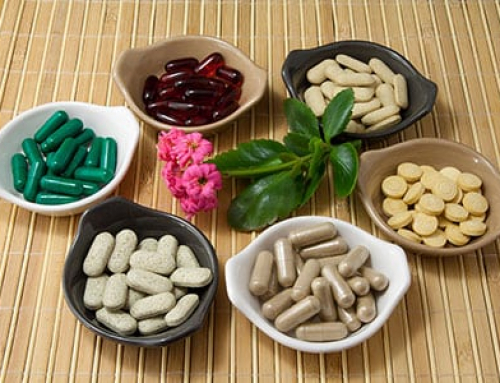
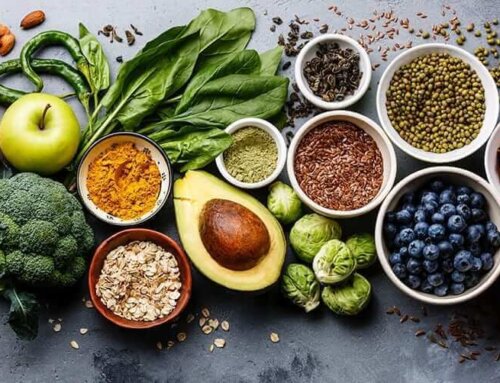

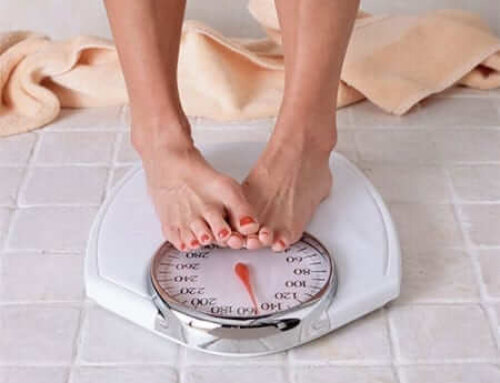



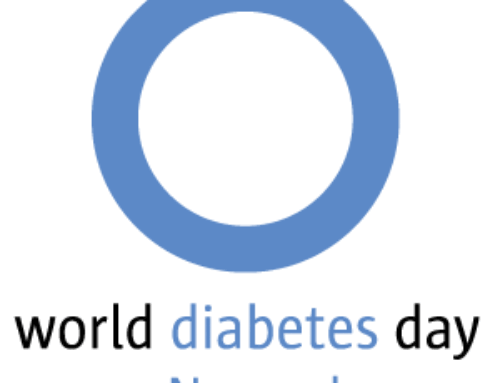
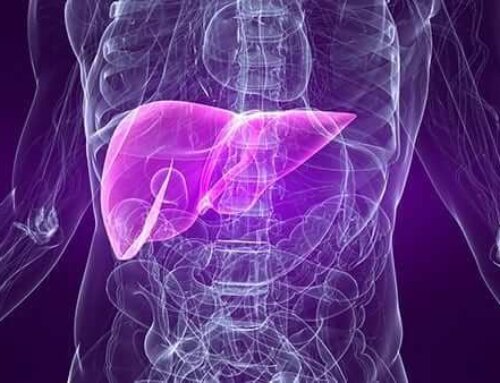
Leave A Comment